YouTube has announced that its AI-driven auto-dubbing feature is now available to “hundreds of thousands of channels” within the YouTube Partner Program. The feature is currently focused on channels that primarily share knowledge and informational content, but YouTube plans to expand its availability to other types of content in the future.
How the Auto-Dubbing Works
The languages into which videos are dubbed depend on the language of the original content. For videos initially in English, the system generates dubs in French, German, Hindi, Italian, Spanish, Indonesian, Japanese, and Portuguese. Conversely, if a video is created in any of these eight languages, YouTube’s AI will only provide an English dub.
For eligible channels, the auto-dubbing process begins as soon as the original video is uploaded. Creators, however, maintain control over the final product. They have the option to preview the AI-generated dub before publishing it. Additionally, YouTube allows creators to unpublish or delete dubs if they are unsatisfactory, as outlined in the platform’s support documentation for the feature.
At present, the AI-generated dubs lack the natural flow of human speech, often sounding robotic or overly mechanical. YouTube acknowledges these shortcomings but assures creators that improvements are on the way. The company aims to enhance the dubbing system so that it better captures elements such as the original speaker’s tone, emotion, and even the background ambiance of the video.
To demonstrate its current capabilities, YouTube has shared examples like an English dub of a French video about making potatoes au gratin. While functional, such examples highlight the limitations of the technology, particularly in its ability to convey subtle vocal nuances.
YouTube is upfront about the challenges it faces with this feature, describing it as “still pretty new” and cautioning users to expect imperfections. The platform is actively working to refine the system, aiming to improve both translation accuracy and the representation of the original speaker’s voice. Even so, errors in translation or mismatches in vocal characteristics remain possible as the technology evolves.
The journey to this broader release began in June 2023, when YouTube first announced its auto-dubbing feature. Initially, the company partnered with a smaller group of creators—numbering in the hundreds—to test the system. These early trials provided valuable insights and paved the way for its recent expansion to a significantly larger user base.
While the current iteration of YouTube’s auto-dubbing feature shows potential, it is far from perfect. Its robotic delivery and occasional translation errors may limit its usefulness for certain types of content. However, YouTube’s commitment to ongoing updates suggests that these issues will gradually be addressed.
For creators, the feature represents a promising opportunity to reach a global audience more easily by breaking language barriers. As the technology matures, it could play a significant role in making knowledge and informational content more accessible to diverse audiences worldwide. For now, YouTube continues to refine the system, signaling its ambition to remain at the forefront of AI-driven content innovation.
